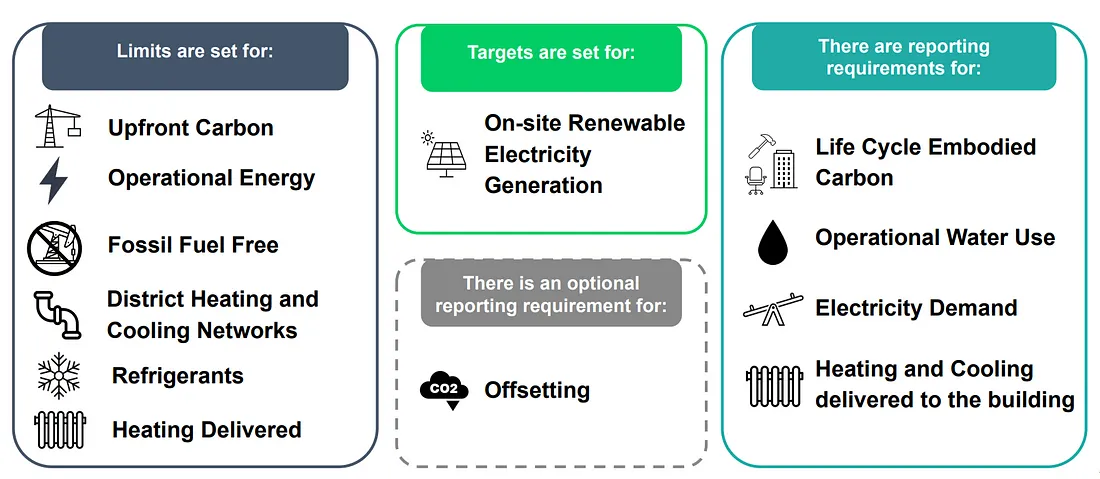2050 Materials Highlight by Innovation Origins
Every day we put a start-up in the spotlight. Today it’s the turn of 2050 Materials, which has developed an online platform with the aim of reducing CO2 emissions in the construction industry.
A wealth of information on sustainable building materials should help cut down on the high CO2 emissions that are produced in the construction industry. Phanos Hadjikyriakou, founder of the Swiss company 2050 Materials, talks to us about this.

Founders Phanos Hadjikyriakou and Stephanos Stephanov ©2050 Materials
Related articles

Climate-Resilient Materials for the Built Environment: A Data-Centred Prime
As climate volatility intensifies, resilience metrics are fast becoming as critical as carbon data in material selection. This article outlines why adaptation is now a design imperative, how materials can be evaluated through a systems lens, and what KPIs project teams should demand. From self-healing concrete to fire-rated façades, we present a structured taxonomy of resilient materials, explain how to embed this intelligence into digital design workflows, and propose next steps for specification, benchmarking, and procurement.
Read more
The Release of the Pilot Version of the UK Net Zero Carbon Buildings Standard
In September 2024, the Pilot Version of the UK Net Zero Carbon Buildings Standard (NZCBS) was launched, marking a significant milestone in the decarbonisation of the UK’s built environment.
Read more
Research Deep Dive - Health Impacts of Quartz Products and Engineered Stone
This article dives into the health risks associated with crystalline silica in quartz and engineered stone, recent findings in the industry, and safer alternatives available for those looking to minimize health risks without sacrificing quality or aesthetics.
Read more